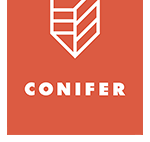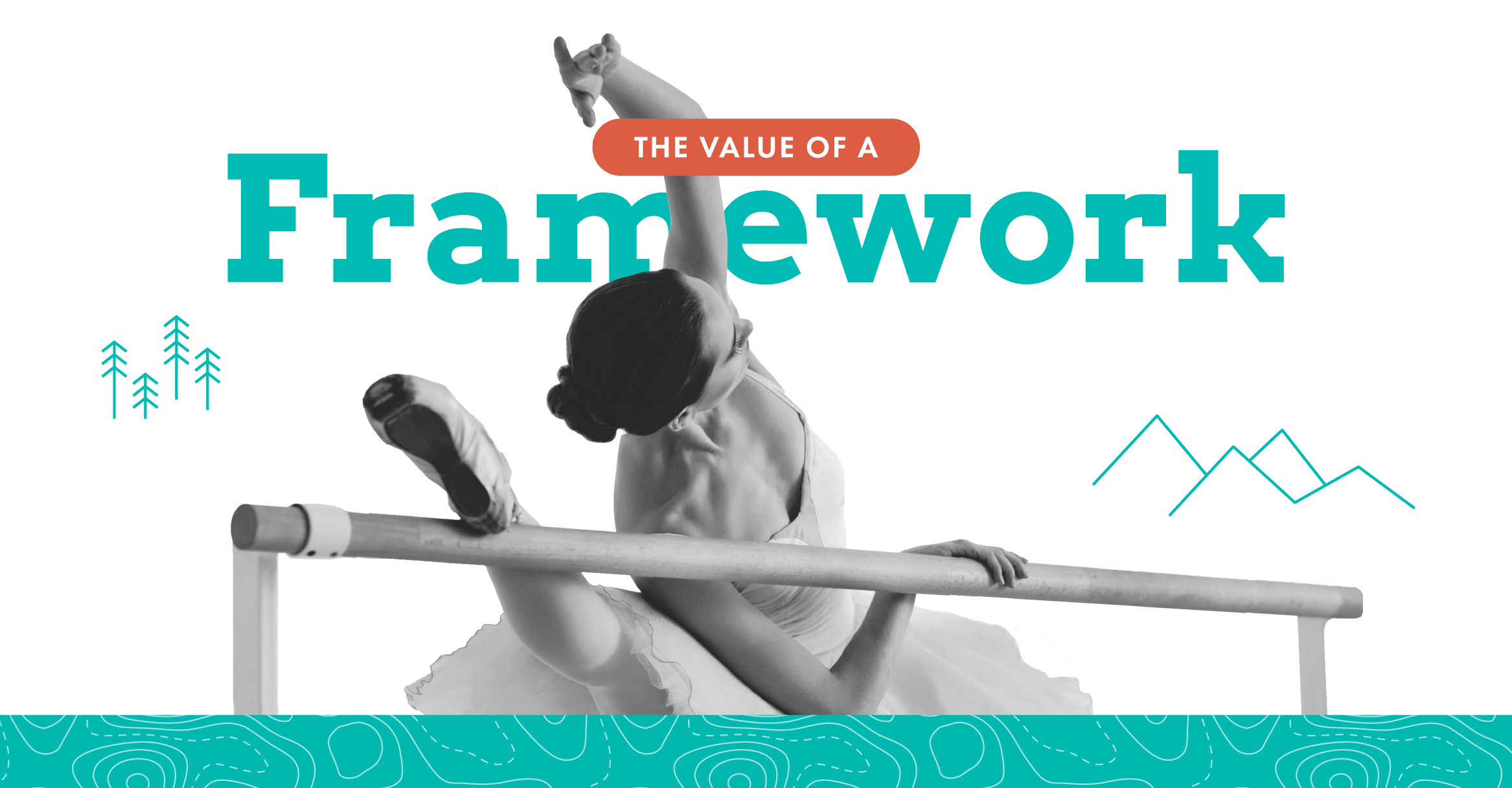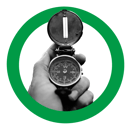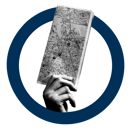
The Value of a Framework for Business Success Through Turbulent Times

Hope you brought your dancing shoes! Modern business often feels like a tap dance. Moving through these uncertain times demands a certain strategic choreography.
Not much of a dancer? It’s hard to feel confident in a dance if you don’t know where your feet are supposed to go. A framework lays the foundation and provides the team with the appropriate steps to get the job done. Whether you’re a natural dancer or have two left feet, a framework, er, choreography, is an essential part of the routine.
To improve user experience, raise employee and stakeholder morale, or better understand the customer value journey, running a successful business is no different – a framework is necessary. To be clear, we aren’t talking about a rigid set of prescriptive steps. A framework should cater to you, your employees, stakeholders and customers or users. It should work for you and with you, not against you.
What Are the Benefits of Working Within a Framework?
 A Framework Provides Organizational Alignment
A Framework Provides Organizational Alignment
Central to this discussion is the concept of organizational alignment. Without it, you have the opposite of organization: a group of individuals working on tangential projects. An organization needs goals and a vision or mission. Taking it a step further, employees and stakeholders should understand those goals and grasp how their role fits with the overall business mechanism.
Organizational alignment ensures that every facet of the business resonates with a unified strategic vision. Alignment allows for and bolsters information-sharing and collaboration, which is essential for innovation. During tough times, organizational alignment offers a compass for the entire team to navigate through challenges with a sense of united purpose.
 A Framework Shortens the Time From Zero to Outcome
A Framework Shortens the Time From Zero to Outcome
Let’s revisit the dance analogy. Sure, you can learn a dance by watching and attempting the steps, but you could perform the routine with much more fluidity (and in a shorter timeframe!) with a little personalized instruction. A framework works in much the same way.
When a new vision needs to be cast for a fresh way forward, working through a framework can shorten the time from poorly mimicked steps to a series of specifics and focus – a fully choreographed routine! In the business world, this could mean significant time savings and, where time is money, significant financial savings as well.
A Framework Better Illuminates Your End Users
We mentioned above that an organizational framework is essential to keeping everyone on task and on target, but what about your customers? Would a framework help you better understand your end user's needs and goals? If your business is suffering from uncertainty, likely, your end users are right there with you. What can a framework tell you about their changing needs?
A UX framework allows you to understand an end user or member’s goals and motivations and ultimately helps improve member experience. Whereas a customer journey map may show you an even more nuanced view of the customer journey as it relates to your brand specifically. Working within a framework that allows for flexibility, businesses can remain calm under the pressure of turbulent times because they better understand their customers’ needs.
A Framework Provides Stability During Uncertainty
No one particularly enjoys the discomfort that comes with uncertainty. Yet, it is essential to growth. Rather than seeing turbulent times as a negative, perhaps a mindset shift is in order, in tandem with a new way forward – a framework.
Frameworks are the antithesis of uncertainty. They are time-tested and well-defined guides, offering a way out of the discomfort of uncertainty within a specific timeframe and by following a set of steps. They can and do function as anchors through the rough waters of instability.
So, frameworks provide stability, but a truly innovative business needs to take risks, right?
Risky Business
The broader conversation in all of this is centered around change. Everything changes all the time. Adapting to those changes is almost always a risk. And, societally, we have some complicated hangups around the topic of risk.
Interestingly, although our hero culture says we heavily reward risk-takers, that is only part of the story. That is true in a minimal number of cases, but when those are taken out of context, people can easily come to believe that all risk is rewarded. It’s a mythology that is important in innovation, but for companies crawling out of the rubble of a tough few years, risk-taking is, well, risky.
Are the risk-takers always change-makers, or does slow and steady win the race? While we wish it were a simple binary answer, it’s not that easy. Risk-taking has certainly created both excellent and mediocre change, but it may not be the only avenue or the best one, especially in uncertain times.
Alternatively, those who cannot change with the times (a very risky endeavor, indeed) may also see their business crumble due to a lack of innovation in a changing business landscape. In the modern business world, things move fast, and companies must continue innovating to stay ahead of the curve. It’s quite the paradox, eh?
Remember Sears? Of course you do. The catalogs were, at the risk of sounding overzealously nostalgic, EVERYTHING. Although the clothing styles and products changed throughout the years, the way of doing business did not, ultimately spelling the demise of Sears as we know it. When other big-box retailers like Amazon emerged, Sears struggled to offer consumers alternative distribution channels. Their customers were no longer meeting them where they were—in-store and in-catalog, and their inability to shift to a different model quickly saw Sears go the way of the Dodo.
Simply put, changing is risky. Not changing is also risky. Frameworks provide structure intended to minimize risk and provide forward momentum for positive change.
When a Framework Might Be the Answer…
Does your business suffer from the following?
- trouble innovating
- a scattered or unstructured team
- a lack of focus or purpose
- internal competition for resources
It’s probably time to try a proven framework.
Remember, the point of a framework is not to create a prescriptive outcome. Rather, it is a tool at your disposal for better understanding and insight into pain points and potential solutions. It is a way to start a process in motion with some "knowns" so that creativity and new thinking can be focused on the actual problem and not on how you're going to solve the problem. Simply put, a framework provides a way to understand the now and create a better way forward. It also gets disparate people and ways of thinking to work in the same vein toward a specific goal.
We no longer exist in an economy of products or services but of experiences. And experiences are complex. Businesses have to obsess over the details, answering questions like “What’s it really like to interact with our brand/service/product?” and “How does the product make someone feel?” That’s why we’ve created a tool to grapple with the complexity and nuance of “experiences” – aka customer value journeys and service blueprints. With this complexity as the norm, a framework can pare down the variables and help a team get focused on answering a specific question or group of similar question.
As a global leader in the market research space, we know a thing or two about frameworks. Are you ready to get started with a tried and tested framework for better understanding your users? We have a favorite framework, though we tend to call it an experience map, to help brands navigate the high seas during turbulent times. It's called The 5E Experience Map and we'd love to share it with you!
This 5E Experience Mapping Framework is based on social science theory as a foundation for experience mapping. At Conifer Research, it has served as the backbone of our journey programs for over 20 years.
It's the scaffolding for research, design, and insights teams to use when developing user journeys and experiences. Our toolkit explains its origins and gives teams a roadmap of how to use it effectively.
This helps teams gain the perspective of the holistic end-to-end journey of the user by deconstructing the user experience to identify gaps, tensions, bright spots, and opportunities that build loyalty.
Begin the journey to better experiences by downloading the 5E Framework above!


